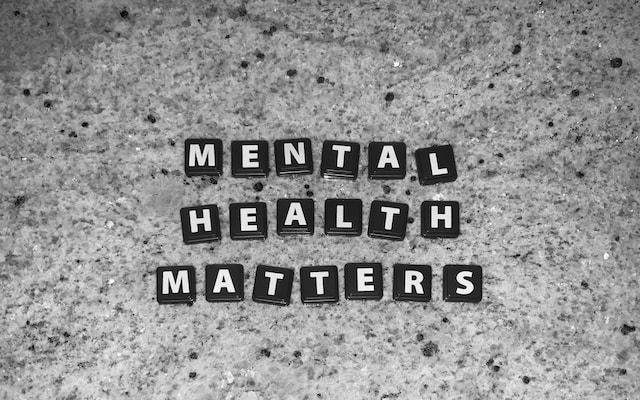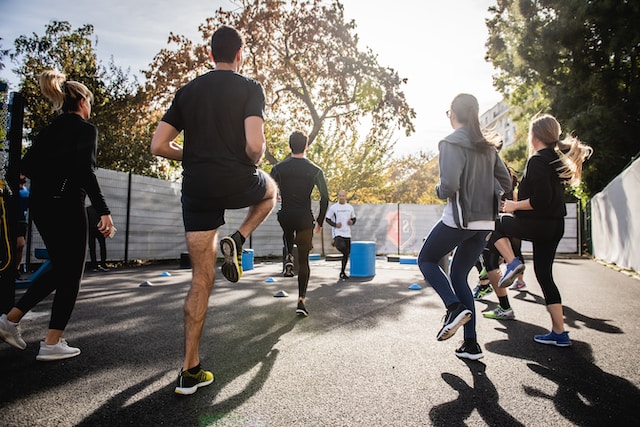The pregnancy journey brings physical changes that can make your regular workout routine more challenging. However, if you’re accustomed to an active lifestyle, you can still maintain a fitness regime, provided you avoid overexertion and consult your doctor beforehand. With the shift of your body’s weight towards the front during pregnancy affecting balance and range of motion, some exercises may feel more arduous. But don’t lose heart! Here are some exercises that can safely be incorporated into your pregnancy workout routine with your healthcare professional’s approval.
Yoga: Embrace Mindful Movement
With its emphasis on stretching and relaxation, yoga can be a less strenuous form of exercise that doesn’t put excessive strain on your body, unlike intensive activities like weight lifting or long-distance running. Practicing yoga during pregnancy could enhance your flexibility, particularly in the hips and pelvic joints, which could be beneficial during childbirth.
Nature Walks: Bask in the Great Outdoors
Taking strolls amidst nature provides several benefits during pregnancy. Besides giving you a dose of fresh air and sunlight—crucial for vitamin D synthesis—the calming ambiance of natural surroundings can help lower your blood pressure by reducing stress.
Swimming: The Gentle Workout
With the extra weight of pregnancy potentially straining your joints and exacerbating conditions like arthritis due to hormonal shifts, swimming provides a welcome respite. This low-impact exercise is gentle on your joints and helps alleviate muscle aches from pregnancy-related weight gain. The water’s buoyancy offers effective pressure relief, making swimming a beneficial addition to your pregnancy exercise routine.
Dr. Barbara Edwards, a respected MD from Princeton, is the Academic Director for the Ambulatory Residency Program at Penn Medicine Princeton Health. She is committed to providing exceptional care to uninsured and under insured New Jersey residents in Mercer and Middlesex counties.






